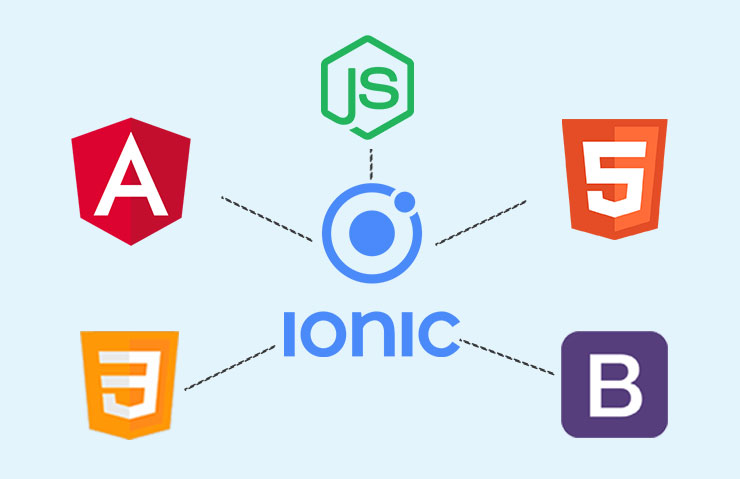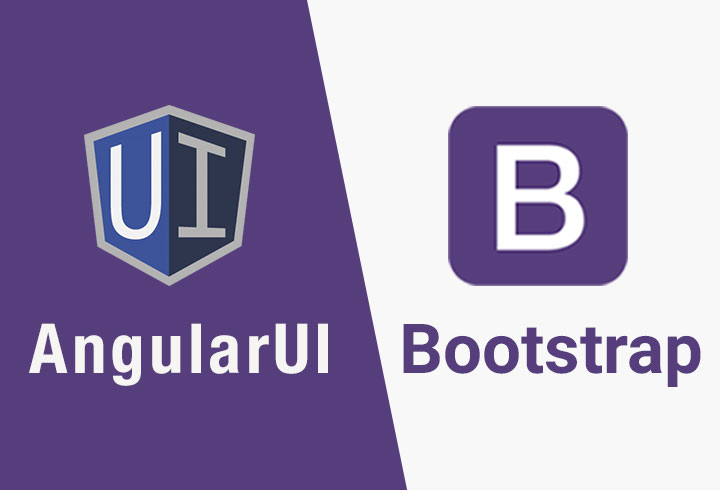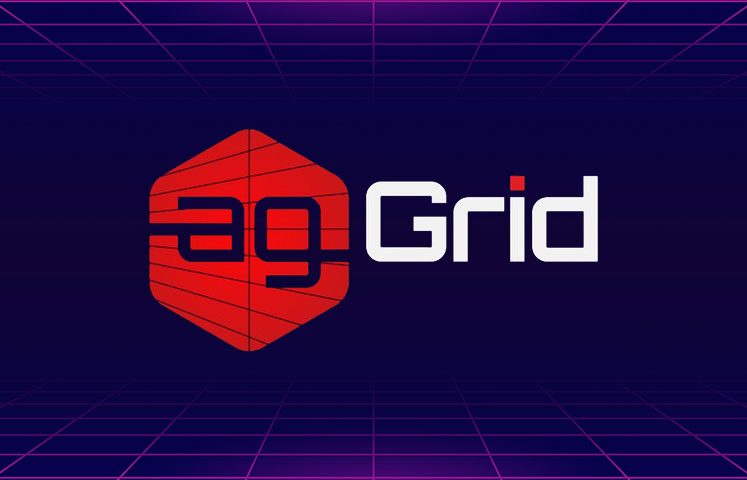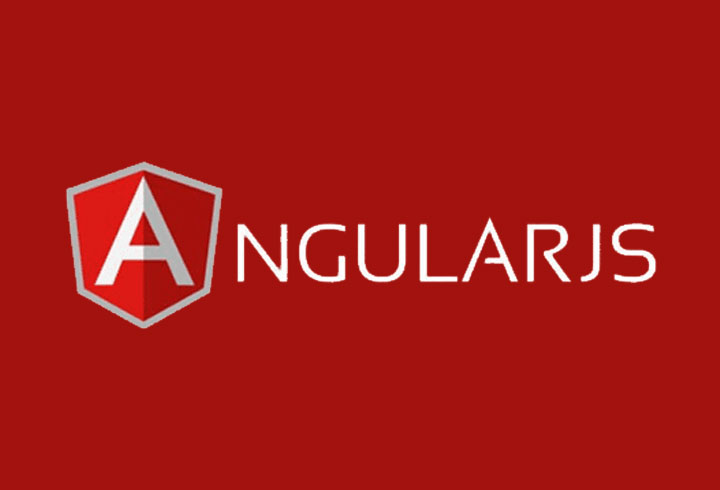When I ask a close friend of mine (who is a senior software developer) about the most optimal front end framework for web-app development, he laughs, and has a quick reply, “I think you know what my answer would be.”
Indeed, as I guessed, being at the forefront of tech-buzz for the last five years, his answer was obvious. AngularJS has evolved to be one of the unsurprisingly ideal frameworks available to web developers. And there is all the evidence in the world to prove it.
Gone are the days of cluttered UI, broken links and inert websites. It is time to acknowledge the truth of modern web development. Sure, there are a lot of varying factors that make a website efficient; however, the ways in which a website fetches and displays data is of uttermost significance. This is where JavaScript steps in.
What makes AngularJS indispensable?
AngularJS is a state-of-the-art framework offered by Google. All the effort behind conceptualizing, designing and building it was for one reason only: To make the front-end web application development process streamlined.
AngularJS does just that by being one of the best available technologies for frontend web application development. The JavaScript framework surpasses the inadequacy of HTML to declare dynamic views in web applications. Allowing developers to extend the HTML syntax with new attributes, AngularJS makes it effortless to create scalable and robust single page applications. I have made a list of some of the most sought-after AngularJS frameworks to kick-start a web-based application with.
Considering outsourcing to a development team? Get a quote for AngularJS development.
1. Ionic Framework

Ionic is one of the most proficient and sturdy front-end AngularJS frameworks there is. It is also the preferred choice of web developers to build responsive apps within a decent budget. Not only does it enable seamless integration with mobile UI by enhancing the experience of the end-users, but It also stretches its support to HTML5 and CSS3 based mobile applications and framework optimization. Ionic is powered by the Software Development Kit (SDK) and a library of UI components for building hybrid apps.
2. AngularUI Bootstrap

AngularUI Bootstrap, as the name indicates, is created on top of one of the most popular front-end frameworks: Bootstrap. AngularUI Bootstrap is truly the best of both worlds for an AngularJS development company, It contains a set of Bootstrap components such as Carousel, Alert, and Collapse along with some additions, like Rating and TimePicker. It also contains Bootstrap components that are written in AngularJS, by the Angular UI team. Angular JS developers can use the repository of components with dependencies such as AngularJS, Angular-animate, Angular-touch, and Bootstrap CSS.
3. Angular UI Grid

UI Grid is the best way to implement a grid or table with Angular. It has rich features to display both small as well as large and complex datasets on a grid. UI Grid is designed to perform complex features only when needed, thus keeping the core power efficient. UI Grid enables the developer to bind cells to complex attributes/functions, execute column sorting and filtering, editing data in place and so much more. Additionally, Angular UI Tree is a separate AngularJS UI component that enables developers to sort nested lists, provides drag & drop support and all this, without dependency on jQuery. It uses native AngularJS scope for data binding and prevents elements from accepting child nodes.
Which AngularJS framework works best for your web app project?

With the option to choose from a wide range of open-source UI frameworks available readily, AngularJS development companies can keep up with the fast pace in the web app development landscape. However, with all frameworks and libraries differing in the feature set, it really is essential to recognize your project requirements to choose the right framework for your next project.



